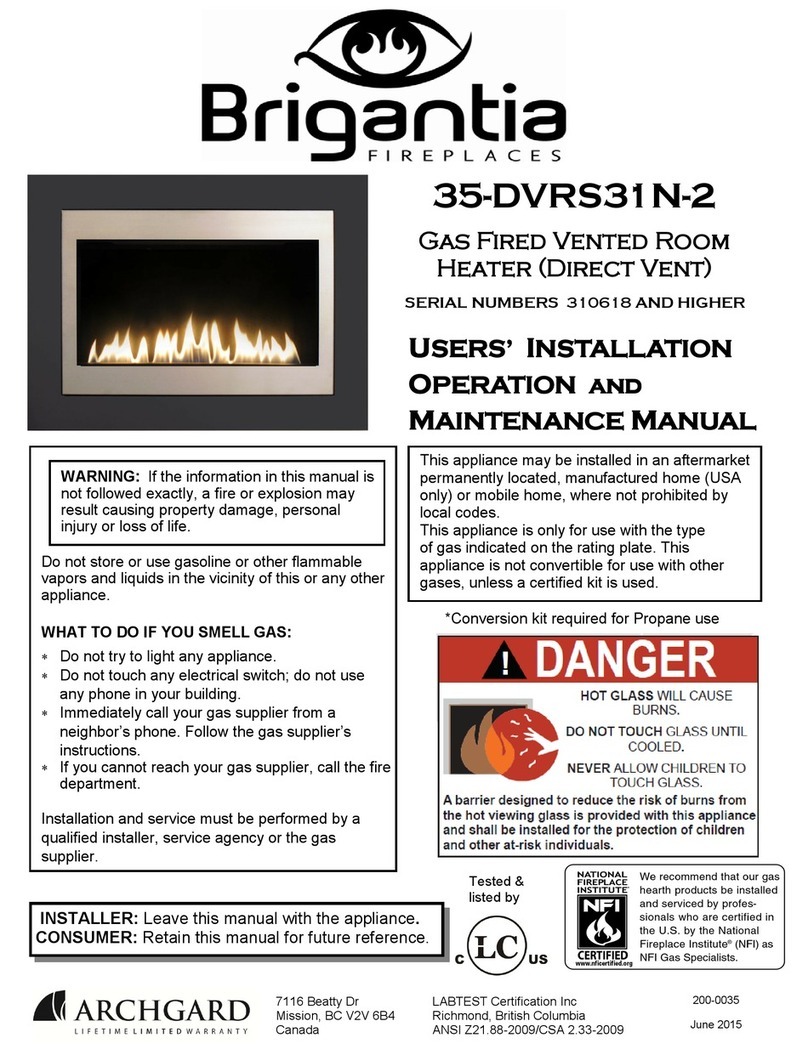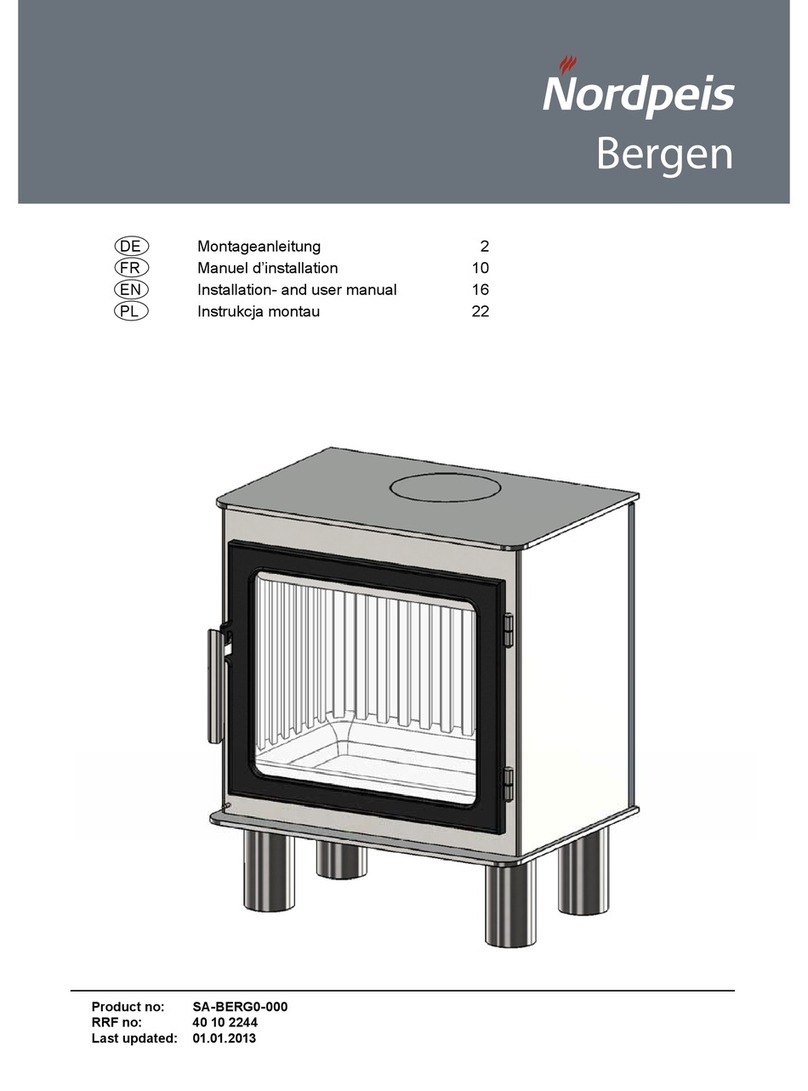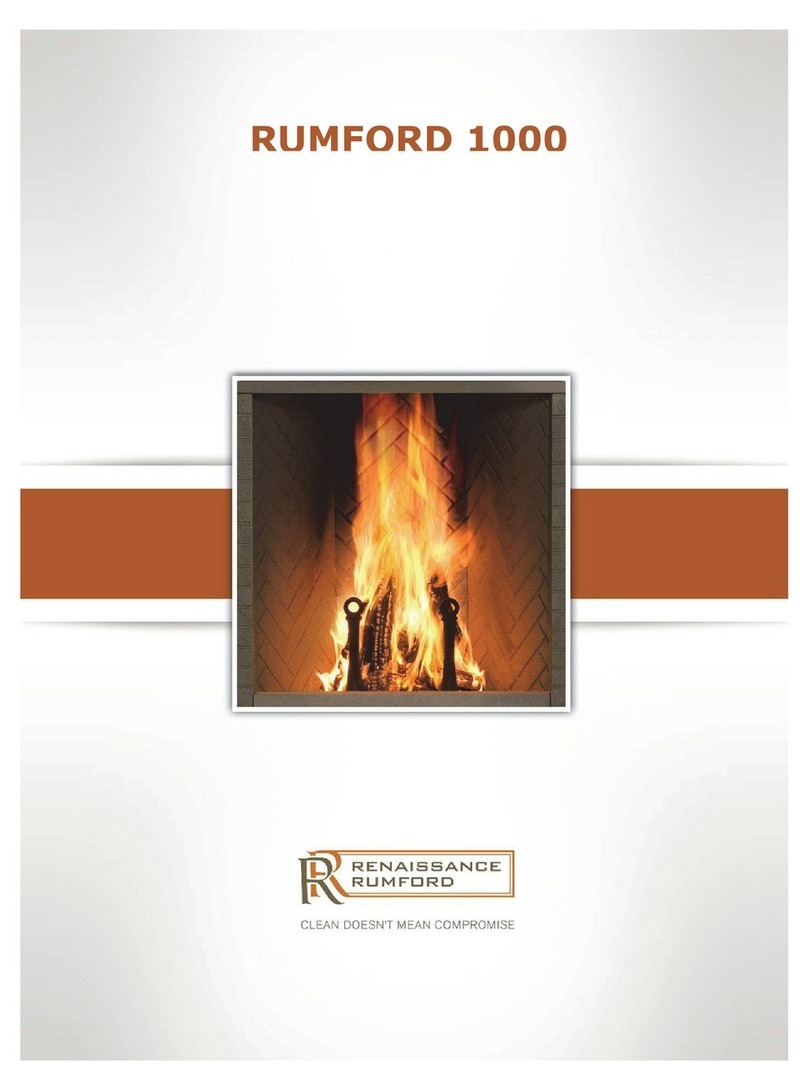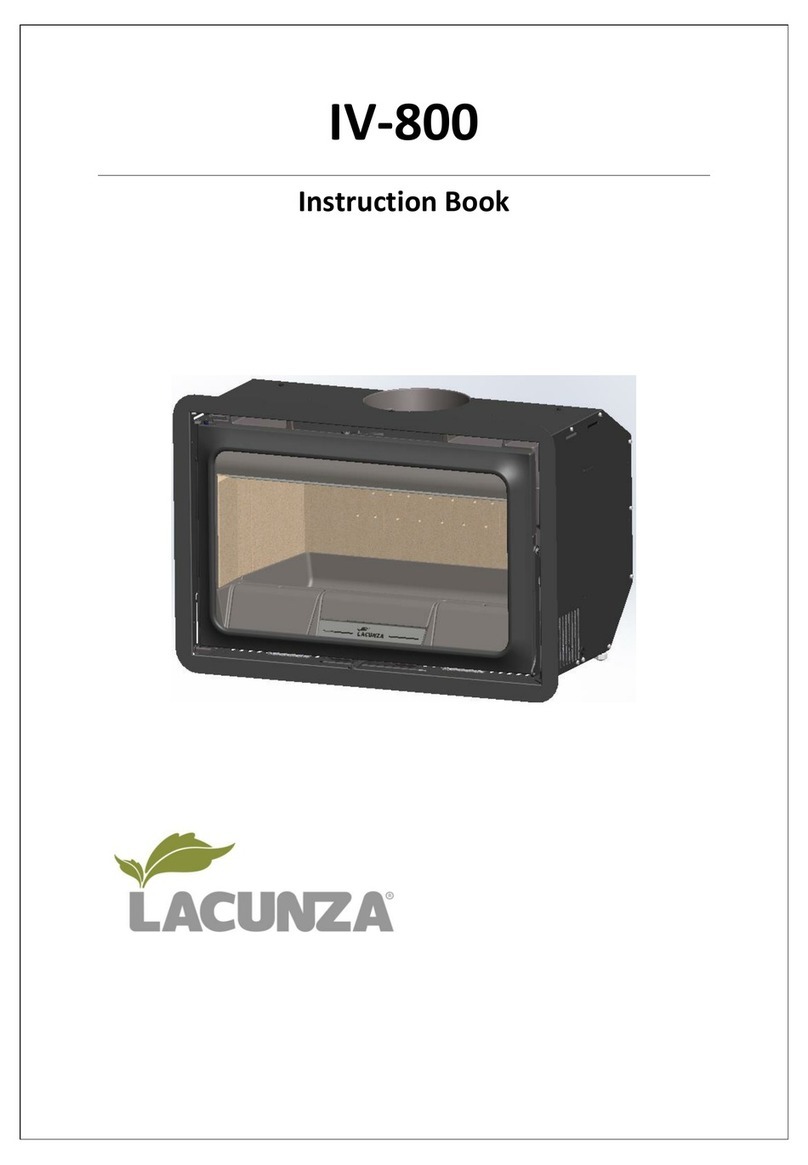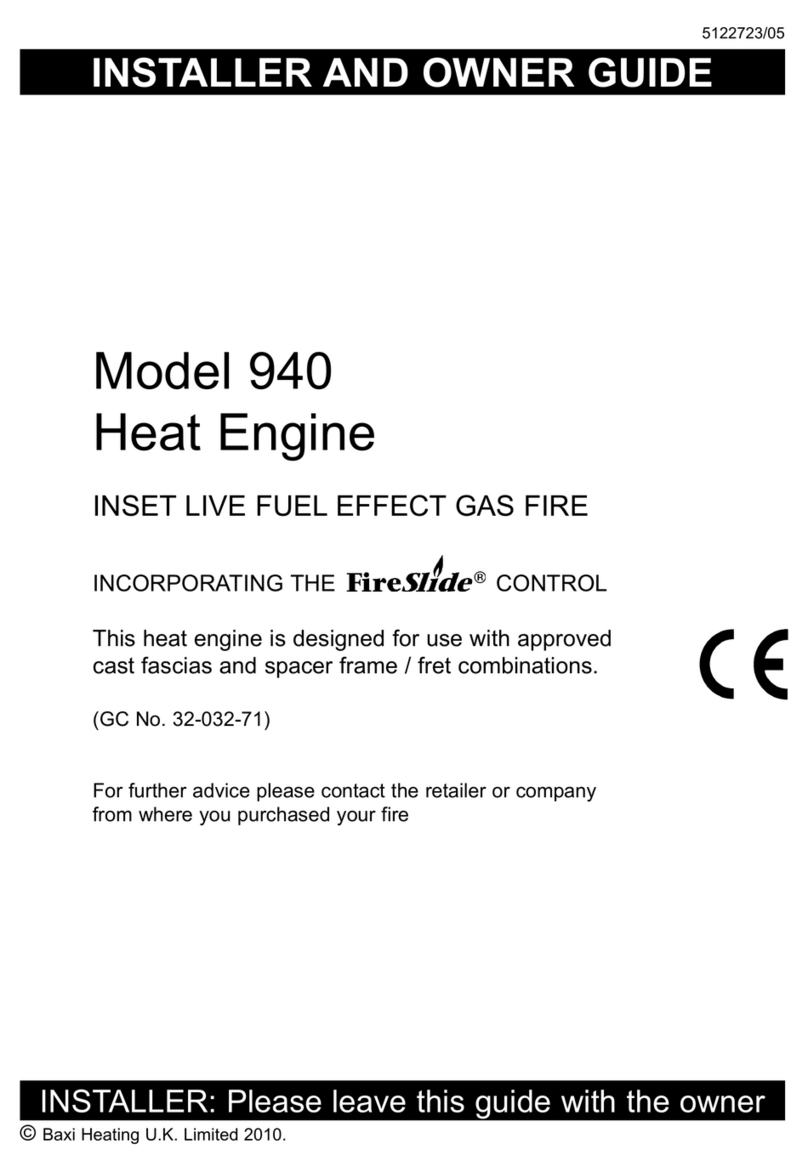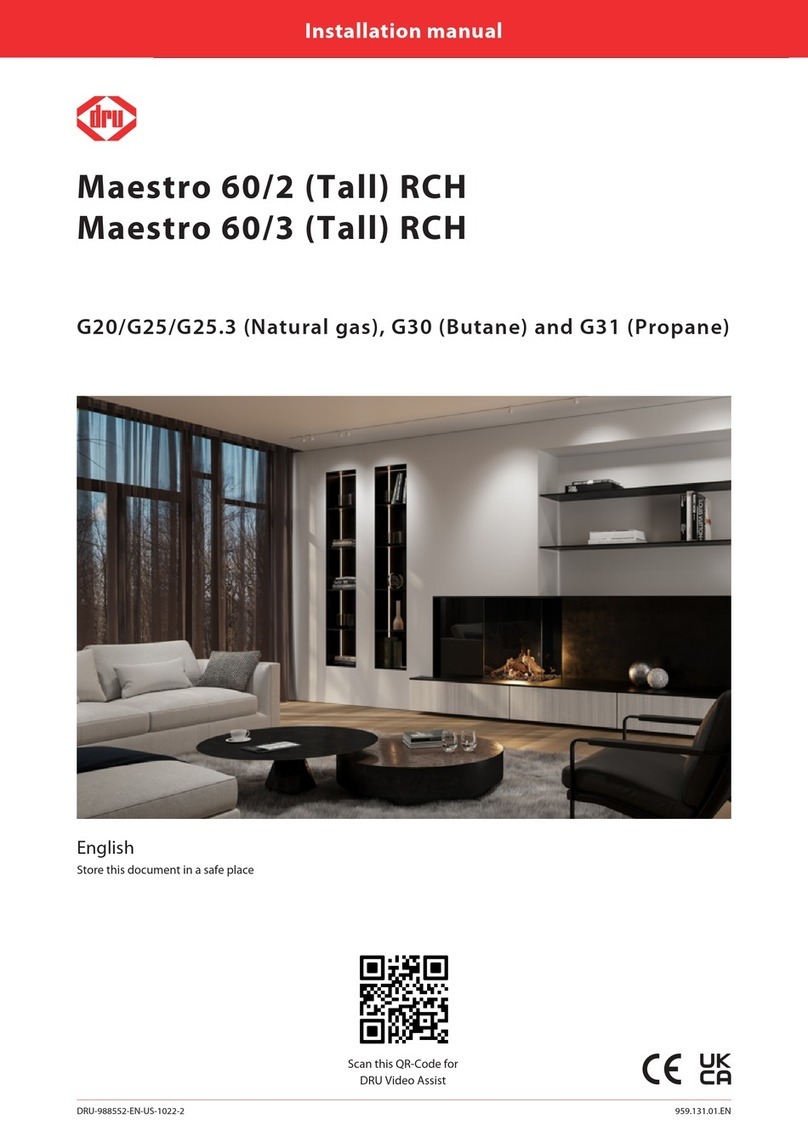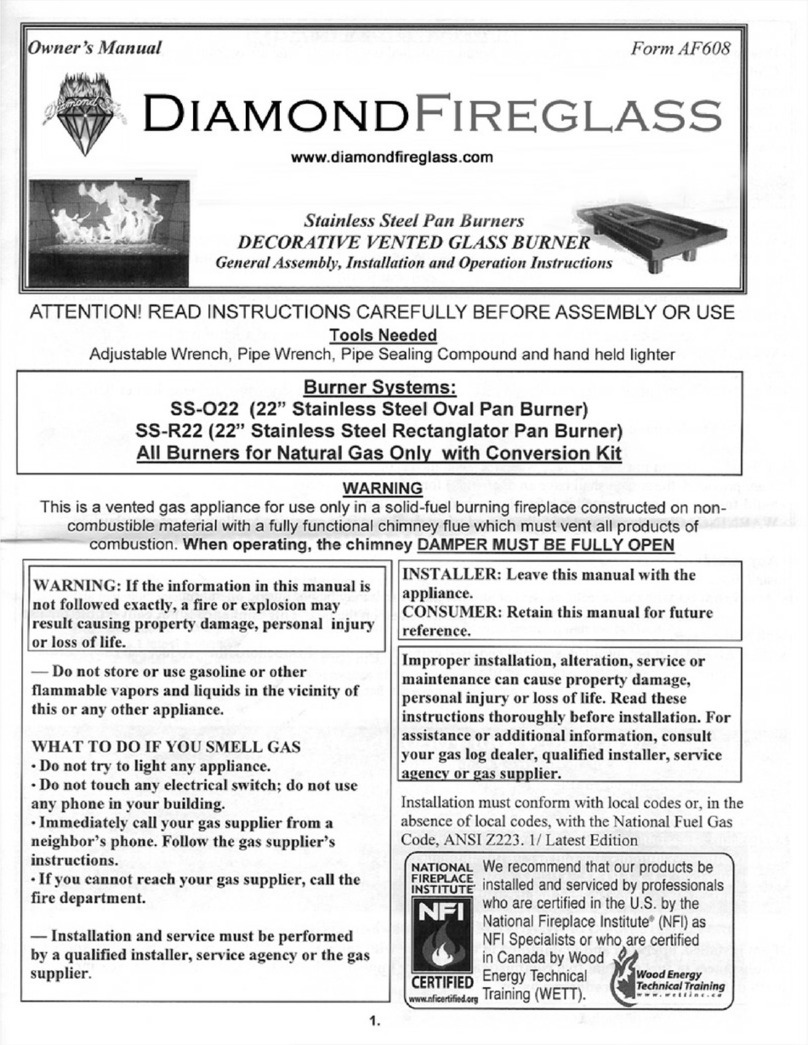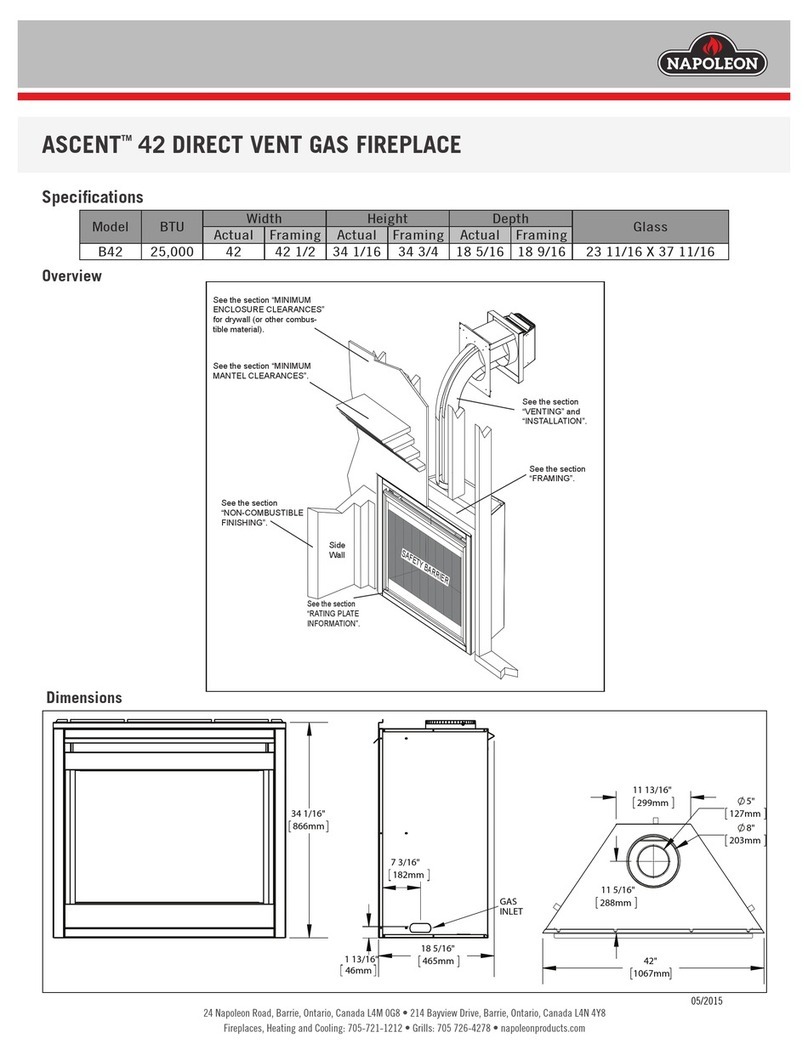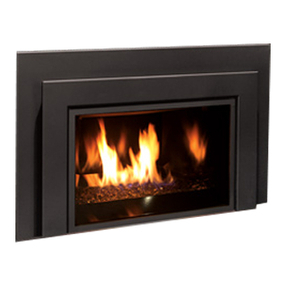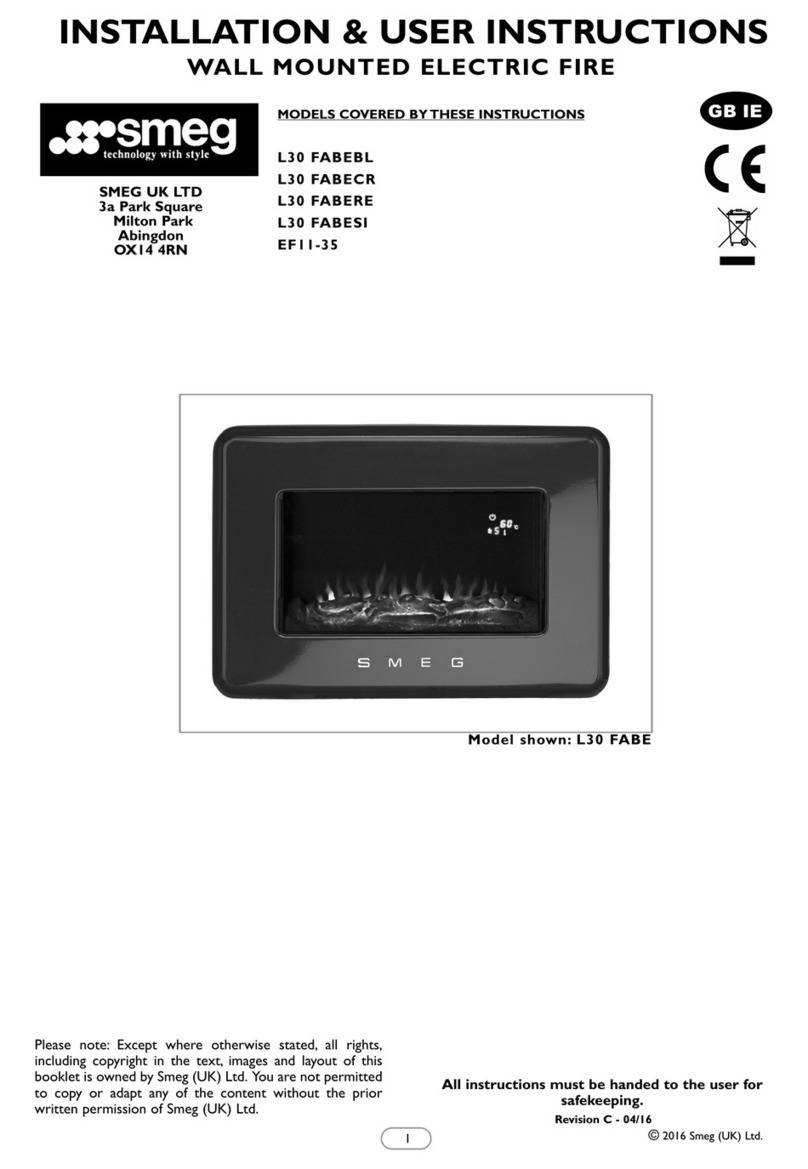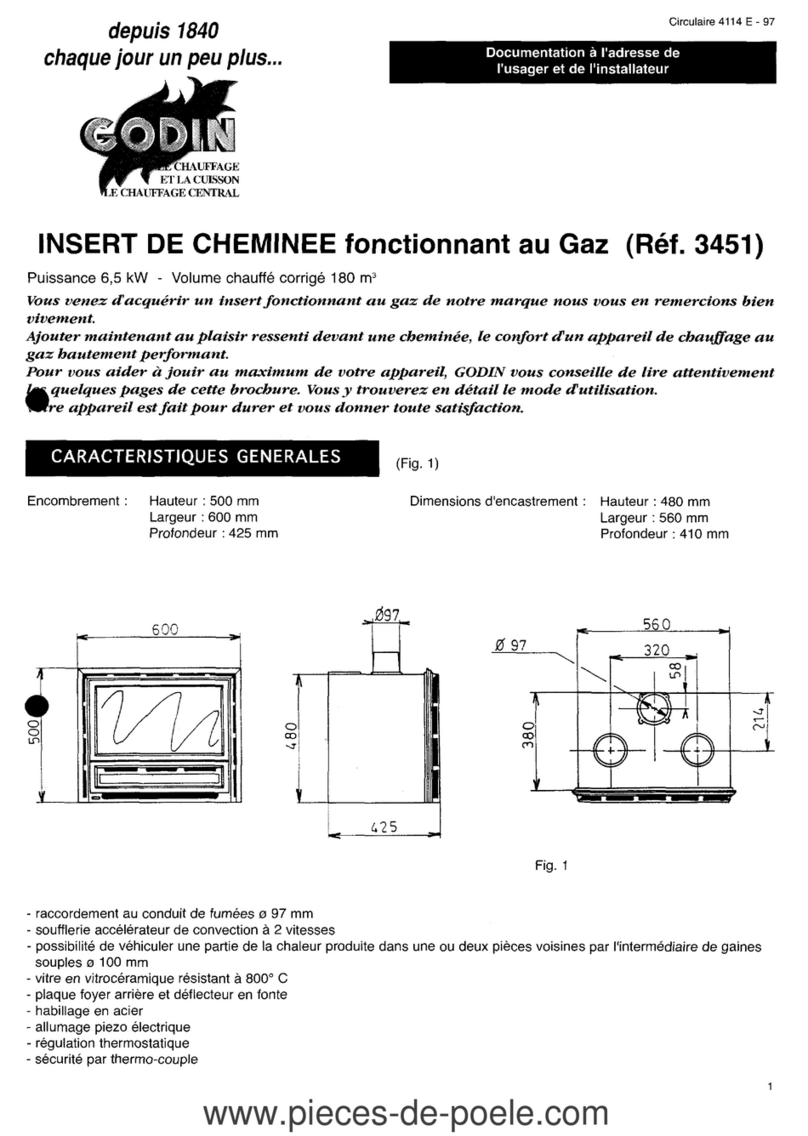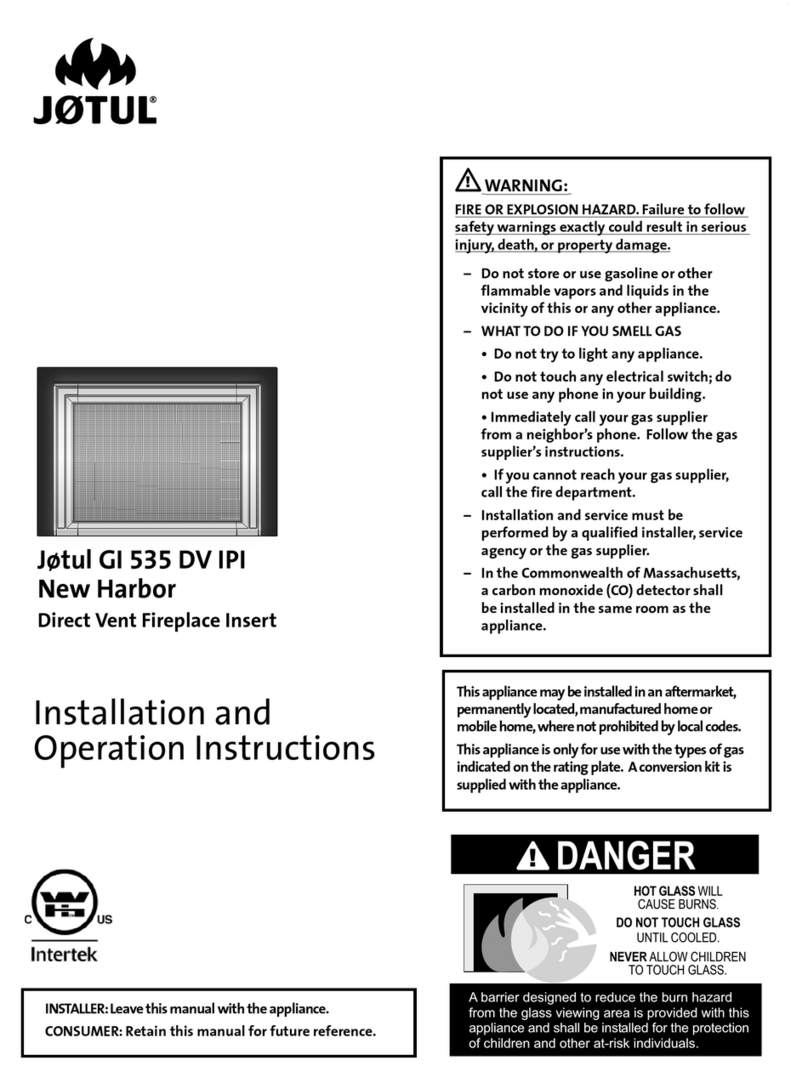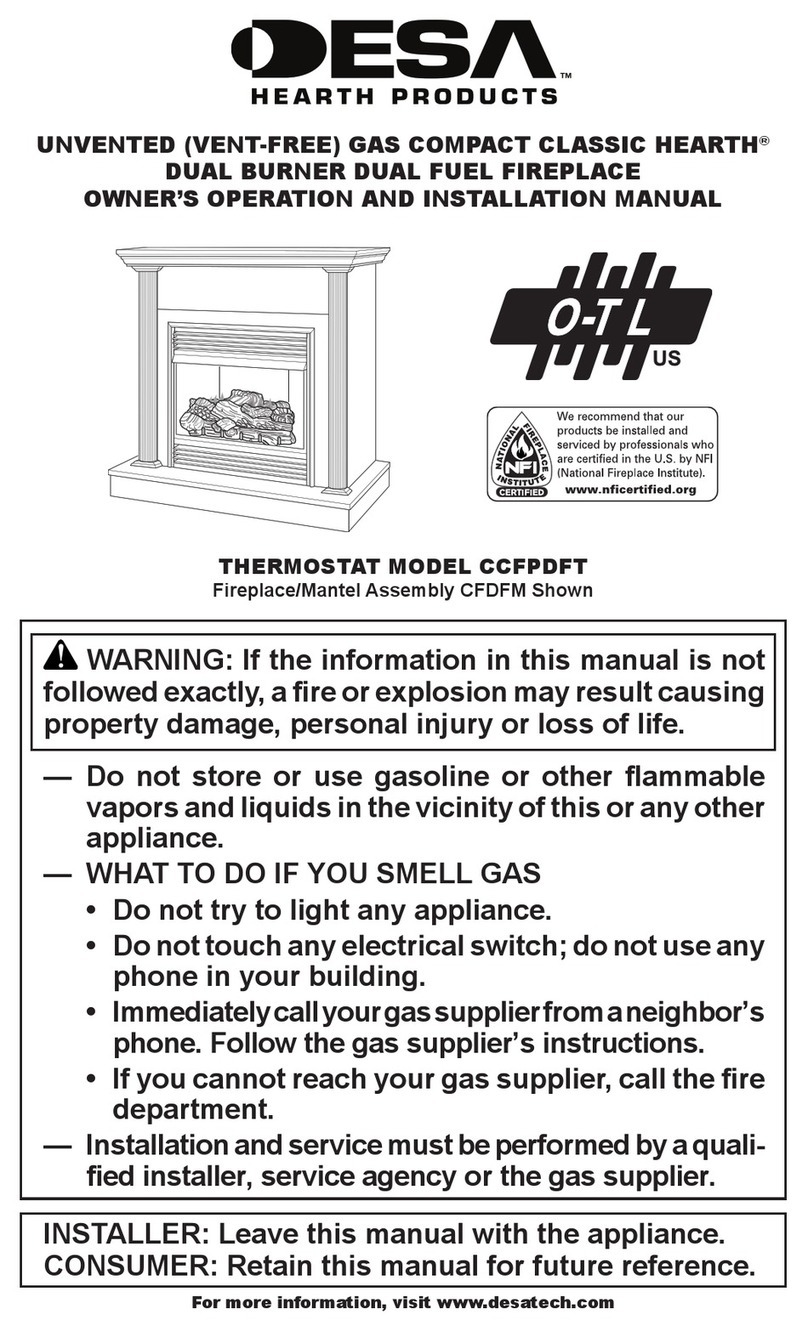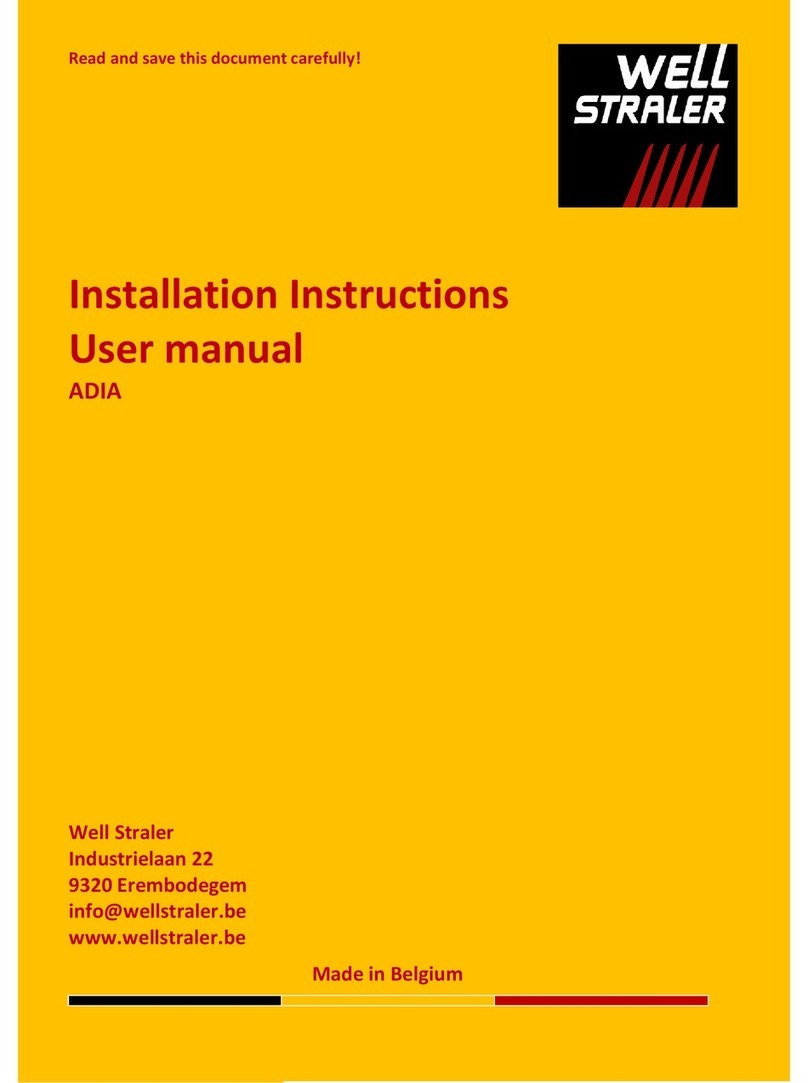Table of Contents
1Preface .................................................................................................................................... 5
1.1 Foreword .......................................................................................................................... 5
1.2 Use of the manual............................................................................................................. 5
1.3 Target group..................................................................................................................... 6
1.4 Symbols used.................................................................................................................... 6
2Introduction............................................................................................................................. 7
2.1 Intended use...................................................................................................................... 7
2.2 Prohibited uses ................................................................................................................. 7
2.3 Type designation .............................................................................................................. 7
2.4 Technical data................................................................................................................... 7
2.5 Discolouration of walls and ceilings................................................................................. 7
2.5.1 The cause of discolouration of walls and ceilings................................................... 7
2.5.2 Preventing discolouration of walls and ceilings...................................................... 8
3Safety...................................................................................................................................... 8
3.1 General............................................................................................................................. 8
3.2 What should I do if I smell gas?....................................................................................... 8
3.3 Safety instructions............................................................................................................ 9
4Transport and storage............................................................................................................ 11
5Installation ............................................................................................................................ 11
5.1 Minimum distances as regards combustible materials.................................................... 12
5.2 Pipework and gas supply................................................................................................ 13
5.3 Flue gas systems............................................................................................................. 13
5.4 Connection options......................................................................................................... 13
5.5 Construction possibilities ............................................................................................... 15
5.5.1 Roof terminal kit (C31)......................................................................................... 16
5.5.2 Installing a roof terminal kit ................................................................................. 16
5.5.3 Chimney terminal kit (C31).................................................................................. 17
5.5.4 Installing a chimney terminal kit .......................................................................... 17
5.5.5 Wall terminal kit (C11)......................................................................................... 18
5.5.6 Installing a wall terminal kit ................................................................................. 18
5.5.7 Renovation kit (C91) ............................................................................................ 19
5.5.8 Installing a renovation kit ..................................................................................... 20
5.6 Construction of the concentric tubes .............................................................................. 21
5.7 Directions for the discharge of flue gases....................................................................... 22
5.8 Overview of concentric tubes......................................................................................... 23
